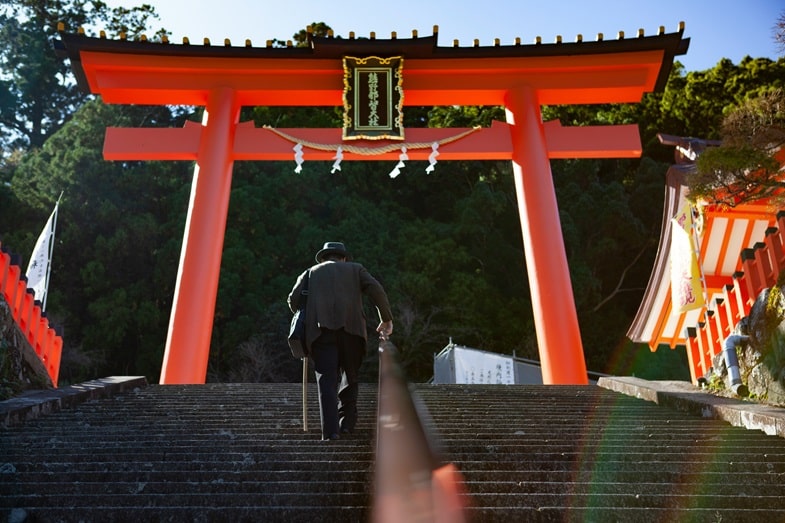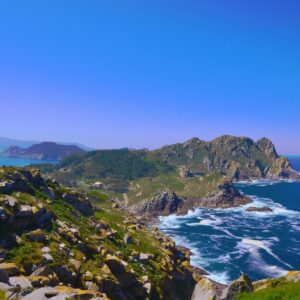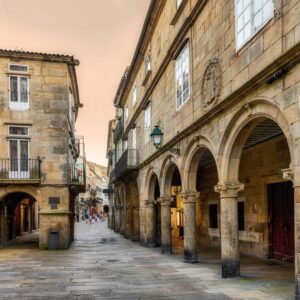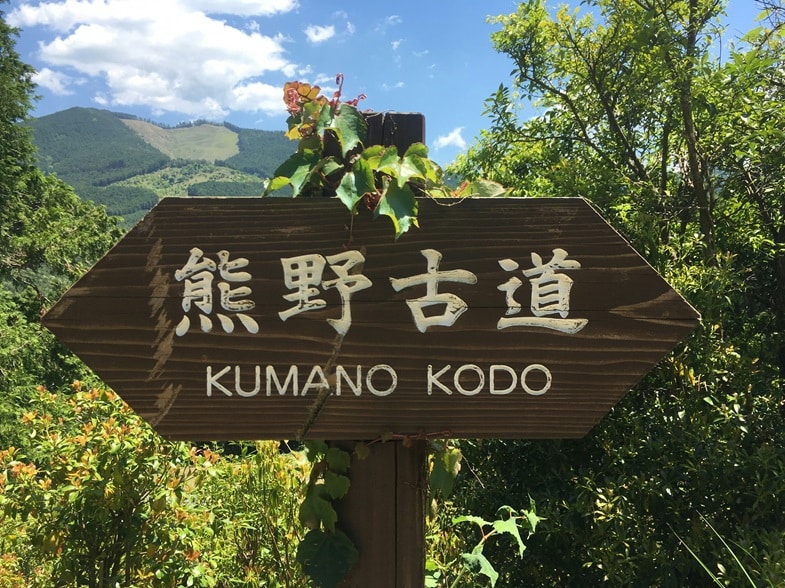The Camino de Santiago in Japan

Table of Contents
The Way
If we talk about Galicia,the undisputed protagonist is the Camino de Santiago, a network of pilgrimage routes whose final destination is the city of Santiago de Compostela, where, according to tradition, the remains of the apostle Saint James the Greater are buried.
Emerging in the Middle Ages, the Camino de Santiago became one of the most important Christian pilgrimage routes in Europe. Over time, it gained significance not only religiously, but also culturally and socially, attracting pilgrims from all over Europe.
Galicia travels products
-

Rias Baixas Excursion
Rated 4.93 out of 530,00€ – 55,00€Price range: 30,00€ through 55,00€ Select date(s) This product has multiple variants. The options may be chosen on the product page -

French Way
360,00€ – 2.150,00€Price range: 360,00€ through 2.150,00€ Select options This product has multiple variants. The options may be chosen on the product page -

FREE TOUR – old town
Rated 5.00 out of 5Select date(s) -
Sale!

Finisterre, Muxía, Costa da Morte
Rated 4.94 out of 520,00€ – 49,00€Price range: 20,00€ through 49,00€ Select date(s) This product has multiple variants. The options may be chosen on the product page
How many different routes are there?
There are multiple routes, and among the best known are:
- French Way: The most popular route, starting in Saint-Jean-Pied-de-Port, France, and traveling through northern Spain.
- Portuguese Way:Starts from Lisbon or Porto and crosses Portugal towards Galicia.
- Camino del Norte: Runs parallel to the northern coast of Spain.
- Camino Primitivo: The oldest route, considered one of the most difficult, as it crosses mountainous areas.
Traditionally, the pilgrimage to Santiago de Compostela
was considered an act of devotion and penance. Today, many people walk it seeking spiritual and personal connection, physical improvement, or simply to experience the historical and cultural value of the path.
In fact,the Camino de Santiago crosses a wide variety of landscapes—mountains, plains, forests, and villages—and offers the opportunity to explore Spain’s cultural heritage, including churches, monasteries, and historic bridges.
The Camino de Santiago in Japan
Despite being on different continents and deeply rooted in distinct cultural traditions, there exists a pilgrimage path that mirrors the Camino de Santiago in its focus on spiritual transformation, connection with nature, and historical legacy.
This is the Kumano Koudo or the Kumano Path, located in the mountainous Kii region of Japan’s Kii Peninsula. It is a network of ancient pilgrimage trails that lead to the “Three Great Kumano Shrines” (Kumano Sanzan): Kumano Hongū Taisha, Kumano Nachi Taisha, and Kumano Hayatama Taisha.
With a history spanning over 1,000 years, the Kumano Kodo has deep roots in both Shintoism and Japanese Buddhism. It was traditionally used by emperors and aristocrats seeking purification and spiritual enlightenment.
Read also: Lights of Vigo

A path with 4 different routes
The Kumano Kodo features several routes, each with unique characteristics. The main ones are:
- Nakahechi: The most popular route, connecting the west coast of the Kii Peninsula with the Kumano Hongū Taisha Shrine.
- Kohechi: A mountainous trail linking the Kumano Sanzan with Mount Kōya, another sacred site in Japan.
- Iseji: This route runs along the peninsula’s eastern coast, connecting the Ise Grand Shrine with the Kumano region.
The pilgrimage to Kumano is often regarded as a “path to purification.” Pilgrims believe the physical journey, along with the mental and emotional challenges it entails, fosters spiritual renewal and enlightenment.
The Kumano Kodo is renowned for its stunning natural scenery, which includes majestic mountain landscapes, serene rivers, ancient cedar forests, and awe-inspiring waterfalls. Among these, Nachi Waterfall, one of Japan’s tallest, stands out as a significant spiritual symbol along the way.
Dos Caminos World Heritage Site
Both the Camino de Santiago and the Kumano Kodo have the unique honor of being declared World Heritage Sites, making them the only pilgrimage routes in the world with this distinction. Despite their different cultural and religious roots—the Camino de Santiago tied to Christianity and the Kumano Kodo to Shinto and Buddhist traditions—both paths share a profound focus on spiritual exploration and personal transformation.
pilgrims on both routes receive special credentials and can earn certificates upon completing their journeys. The Compostela, awarded in Santiago de Compostela, and the Kumano Kodo certificate symbolize the successful completion of a meaningful pilgrimage. In recent years, the shared values and cultural significance of these paths have fostered exchanges, leading to the creation of the “Dual Pilgrim” certification, an accolade for those who complete both journeys.
Though they span vastly different cultural and geographical landscapes, these two iconic routes remain united in their purpose: offering pilgrims an opportunity for personal growth, a deep connection with nature, and a celebration of the traditions and spiritual heritage of their respective cultures.
How can I do the Camino de Santiago or Camino de Santiago in Japan?
Nowadays, organizing and enjoying all the possibilities that the Camino de Santiago offers has never been easier. With the help of agencies like Galicia Travels you can experience the Jacobean route in a comfortable and hassle-free way. From planning your itinerary to managing accommodations and other details, everything is taken care of—allowing you to focus on the journey itself. And the best part? It’s all just a click away.
